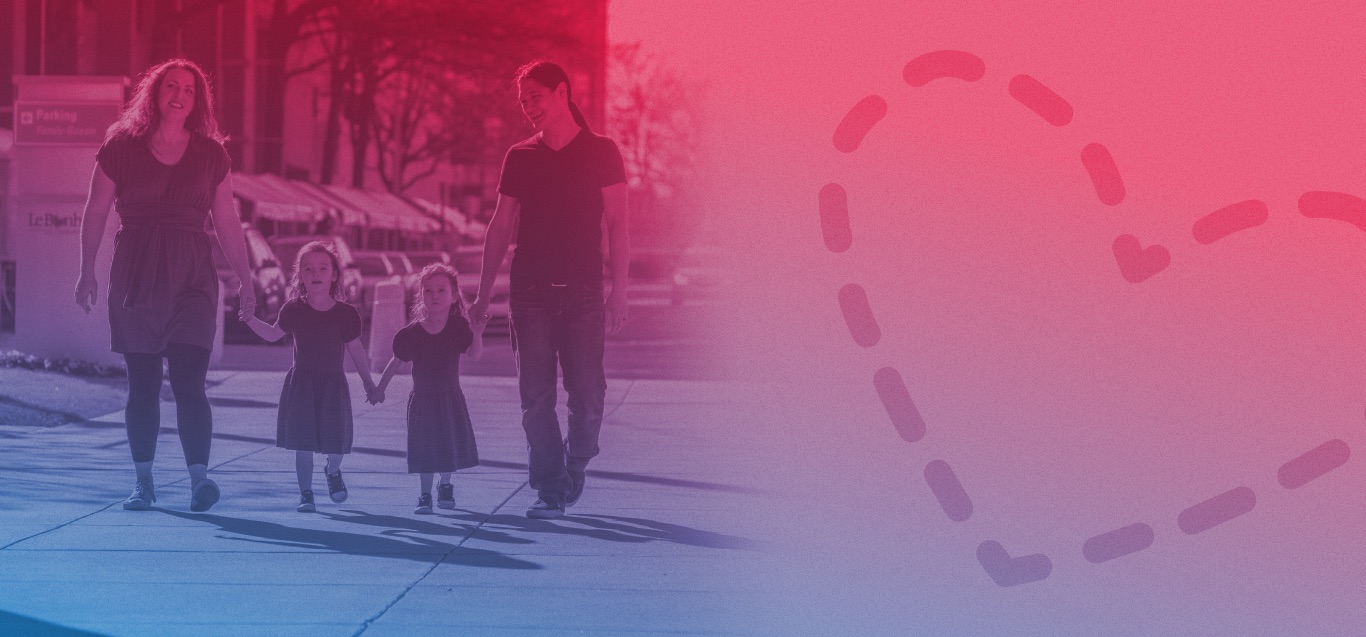
3 things to know about lice
Posted: August 24, 2015The American Academy of Pediatrics (AAP) updated its guidelines earlier this year on treating head lice, the pesky small bugs that embed in the scalp. The new guidelines are designed to keep kids from missing school unnecessarily and to shed the embarrassing stigmas about lice. What does the AAP say you should know?
1. No healthy child should stay home from school because of head lice. Lice do not jump or fly; they crawl and are spread through head-to-head contact. To eliminate the spread of lice, avoid sharing hats or brushes or other items that touch the head. Some schools have “no-nit” (nits are lice eggs) policies for returning to school. The AAP says such policies should be abandoned. By the time the child has symptoms of a lice infestation (itching on the head and neck), he or she has had lice, or nits, for about a month or more. There is little additional risk of transmission by keeping a child at home, says the AAP.
2. Lice are not a sign of poor hygiene. In fact, lice are most attracted to clean, not dirty, hair. Also, head lice, unlike body lice, do not spread disease.
3. Routine lice screenings at school do not reduce the occurrence of lice over time. For this reason, the AAP says routine checks should be discouraged. Parents, however, should regularly check their child for head lice, and school nurses may check children who show symptoms of a head lice infestation.
Le Bonheur Pediatrician Elisha McCoy, MD, demonstrates how to check your child for lice and offers helpful information regarding effective treatment. The AAP recommends easy-to-use, reasonably priced and proven non-toxic treatments for lice. Check out Dr. McCoy’s advice below.



